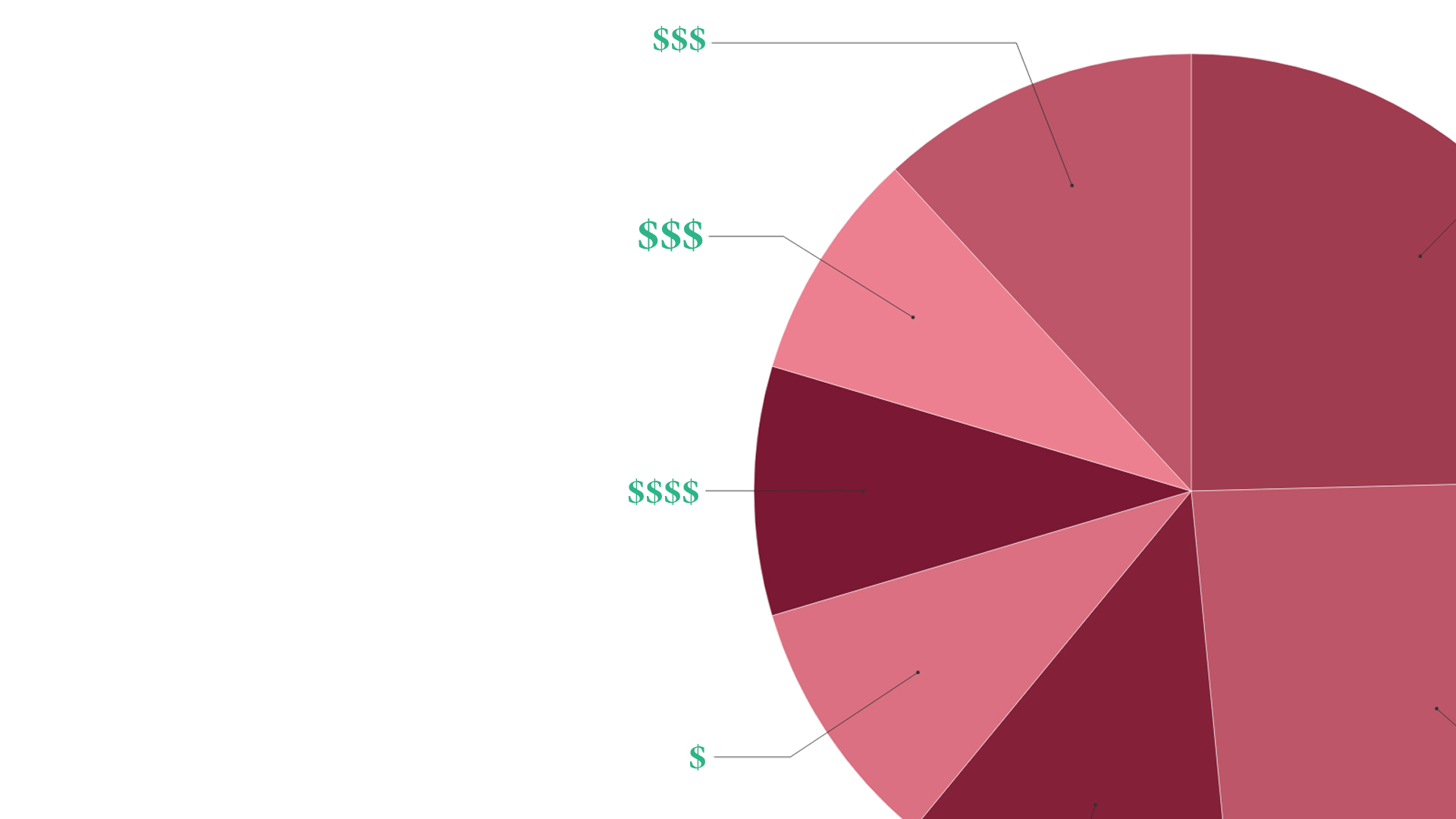The White House has dropped a plan to claw back unspent money from American aid budgets, news reports say. But a trawl through the public data by The New Humanitarian reveals how vulnerable development and humanitarian projects are to US funding cuts, especially near the end of the financial year.
Last-minute spending
The US Agency for International Development (USAID), Washington’s main government aid department, issued contracts and grants worth about $16 billion on average between 2016 and 2018. But almost a quarter of it is spent in September, the last month of the financial year.
“Even in normal times, the final quarter of any fiscal year becomes a mad dash as new awards pile up,” according to former senior USAID official Jeremy Konyndyk. It’s not a sign of dysfunction, he argues in a recent blog posting, but a result of lengthy legal procedures, reviews, and paperwork for any contracts and grants.
But this year will likely be worse as the budget shutdown and other wrangles could only have delayed things further, according to Konyndyk, the former director of USAID’s emergency arm, OFDA. “The lives and well-being of millions of US aid recipients in the developing world” were under threat from the budget freeze, he wrote.
The data shows a clear pattern of end-year spending. The numbers for this August are not yet complete, but it appears obligations for 2019 have fallen well behind previous years’ rates of spending.
Where does it go?
USAID data shows the “primary place of performance” of its grants and contracts, giving at least a partial picture of where spending is directed. The final destination and purpose of the aid, however, is not always captured.
In particular, some grants or contracts are recorded showing the location of the organisation’s headquarters. Contractors or nonprofits based in the United States account for 19 percent of the contracts in 2018, while international organisations explain Switzerland sitting at eight percent and Italy at three percent.
Nevertheless, 11 years of USAID data show one country dominating the spending: about $15 billion went to Afghanistan alone (nine percent of the total). An animation below shows the ups and downs of funding to major countries, based on the biggest recipients for the period 2014-2018. It shows surges of funding that respond to crises as Yemen and Syria leap ahead in the rankings, or when Liberia battled Ebola. Some, like Afghanistan, are more perennial.
Which sectors get what share of the pie?
A broader look at US assistance – from USAID, the State Department, and other wings of the US government – provided by open data site foreignassistance.gov, shows that humanitarian aid and health spending make up about half of the overall expenditure, which totals about $32 billion.
These figures include only international spending that qualifies as aid according to international rules. So it excludes other international subsidies, arms transfers, and economic support to allies.
What organisations get the funding?
The summary of US aid spending shows some household names – and some less well-known contractors, NGOs, and international agencies – topping the list.
Below, after harmonising and cleaning the data, we present organisations that were issued over $100 million each in US aid in 2018 and how they fared in 2016 and 2017. Together, they received about half of all US aid spending.
Some notable appearances: US firm Chemonics is the best-funded contractor on the list (it handles a large – and troubled – health supplies procurement contract). The government of Jordan is among the top 10, winning funding for state institutions and education. The World Food Programme received the largest amounts in the UN, while FHI 360, a North Carolina-based development organisation, was the largest NGO recipient in 2018.
Notably, some organisations that were in the over $100 million club in 2016 or 2015 have dropped off due to policy changes of the US administration.
One is the UN agency for Palestine refugees, UNRWA. In 2016, it received about $171 million. In the following two years it got $65 million. In 2019, it received zero.
Explore the full list:
bp/ag
(*An earlier version of this article mistakenly said the the International Rescue Committe had experienced a drop in US aid income in 2018. It is now included in the table of larger recipients.)





